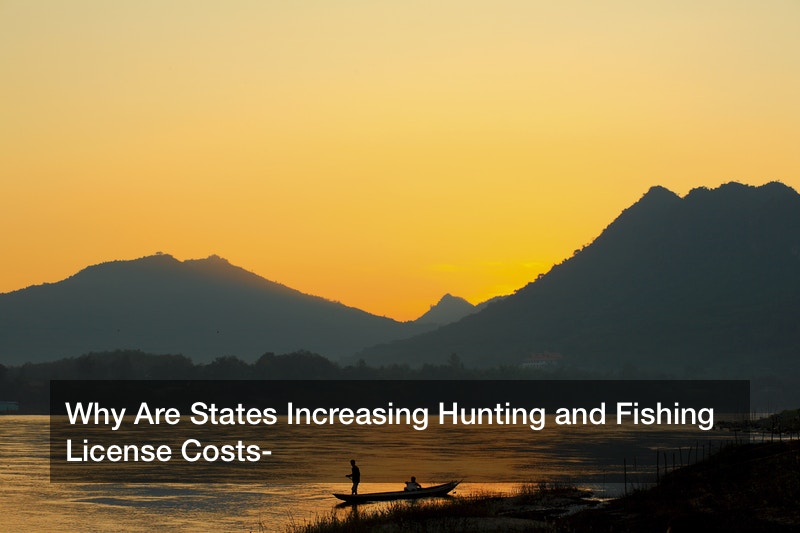
In 2017, there were approximately 11.6 million youth participants (aged between six and 17 years) in fishing in the United States. Around the country, states such as Minnesota, Washington, and Idaho are preparing to increase the cost of obtaining fishing and hunting licenses.
In order to participate in activities like driving, hunting, and fishing, U.S. residents are required to carry necessary documentation. Yet according to the Insurance Research Council, one out of every seven drivers is currently without proper insurance coverage in the United States. Hunters and fishermen, however, are held to just as high, if not higher, a standard.
There are more than 38 million men and women in the U.S. who hunt and fish, and there are many types of licensing and documentation involved. For each type of game (fish or deer, for example), choice of weapon (or fishing pole), and jurisdiction (or body of water), a person must have the required license associated with that outdoor activity.
“No one should ever go hunting without their hunter’s safety permit or without a hunting license,” said hunter Hope Means. “It’s dangerous and illegal.”
According to The Northeastern, in addition to license requirements, hunters should also be aware of various other outdoor recreation requirements that are important — even if they are not always required. Not wearing fluorescent orange vests and hats, declining to tag their harvested game, or improperly setting up a tree stand can all result in dangerous situations for the individual and other hunters.
Ignoring some of these rules and regulations can result in some serious financial penalties and even legal trouble. Many people find it difficult to comply with the license rules, especially because of recent price increases in many states.
In states like Minnesota, where the Game and Fish Fund has been dangerously close to becoming wiped out, the Department of Natural Resources is bumping up the prices for hunting and fishing licenses.
The Austin Daily Herald reports that the price increase would bring in an additional $9.8 million for the struggling Game and Fish Fund, and the change would become effective in 2018. The cost of a fishing license would jump up from $22 per year to $25 per year, and hunting licenses (for residential deer) would increase from $30 to $34.
The actual costs of physically printing these licenses plays a role in the price increases as well; every year in the U.S. about 9 billion tons of paper are used. Now, in order to preserve some resources, as well as avoid any confusion, some states are considering holding off on printing paper licenses altogether.
“With the release of our new licensing system last month, we opted to delay selling 2017 to 2018 licenses in order to avoid printing licenses from two separate systems,” said Peter Vernie, licensing division manager at the Washington Department of Fish and Wildlife.
Whether paper or digital, these fish and hunting licenses can create a valuable revenue stream for cash-strapped state agencies. Fortunately, as far as Minnesota is concerned, hunters aren’t too worried about the licensing uptick.
“We’re one of the better destinations [for hunting and fishing],” said James Krulish, adding that Minnesota’s small game license fees are half of what they are in other states.



